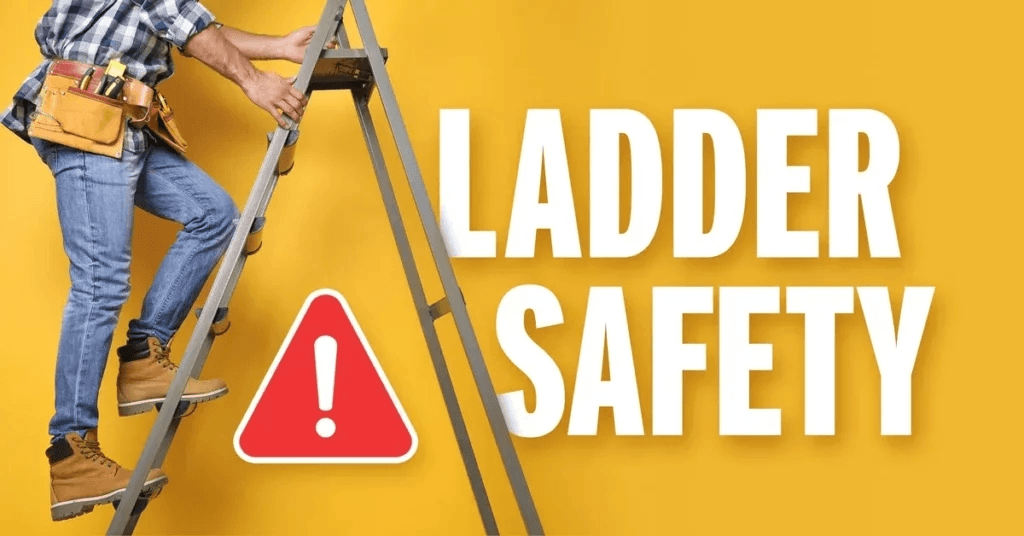
Ladder Safety
An exploration of risk, responsibility, and resilience in roofing.
Introduction
Roof access is one of the most dangerous tasks in construction—and among the most underestimated by homeowners. From professional crews to weekend handymen, ladder and roof safety determines whether a job is routine maintenance or a life-threatening incident. Alongside permanent solutions, emergency measures such as tarping or sealing can minimize damage while awaiting professional repair. Understanding both the statistics and the safe practices is crucial.
I. The Data: Falls from Ladders and Roofs in Canada
Priority: Data demands attention.
- In the Canadian roofing sector, the fatality rate is approximately 48.6 per 100,000 workers, with 80.6% of deaths due to falls, slips, or trips—underlining roofing's position as one of Canada’s most dangerous professions.Canada Safety Training
Annually, an estimated 14,000 Canadians are injured in ladder-related falls, many involving homeowners, signaling that even short tasks carry major risks.Ladder Grips
In Ontario, between 2006–2017, 13% of critical construction incidents (279 of 2,075) were ladder-related, and 8% of fatalities (17 of 208) were due to ladder falls.Government of Ontario
Across Canada, roofing workers face a threefold increase in fall-related injuries compared to other construction trades, and over 40% of construction fatalities in recent years were caused by falls from heights.constructionsafetynetwork.com
Residential settings (not large construction sites) account for the majority of ladder fall injuries, often during simple home maintenance.
Improper ladder angle, lack of stabilization, and overreaching are the most common causes.
Insight: The statistics remind us—climbing onto a roof is not a casual act, it is a calculated risk requiring professional respect.
II. Ladder Safety Essentials
Rule: A stable ascent ensures a safe descent.
- Choose the Right Ladder meeting CSA standards for safety
Extension ladders should extend at least 3 feet beyond the roof edge.
Verify the weight rating matches the user and tools.
Set the Correct Angle, Use the 4-to-1 rule: For every 4 feet of height, place the ladder 1 foot away from the wall or eaves.
Stabilization-Secure the ladder base on level ground—use stabilizer bars or anti-slip feet.
Tie off the top of the ladder to a secure surface to prevent movement
Maintain three points of contact at all times.
Never carry heavy materials in hand—use a hoist or rope.
Avoid working alone; always have a spotter.
- Do not raise, lower or work off a ladder near power lines unless it is a fibreglass ladder and you are trained on the safety aspects.
Not following these specific safety measures can lead to fatal accidents.
III. Roof Access Safety Tips
Footwear: Wear shoes with soft rubber soles for traction.
Weather Awareness: Climb with extra caution during rain, wind, or icy conditions.
Limit Load: Avoid carrying bulky tools; stage them safely on the roof.
Perimeter Awareness: Stay away from roof edges unless secured with fall protection.
Pro Tip: Professional crews use harnesses, roof anchors, safety lines and other means of safety equipment—equipment most homeowners do not own. Caution and limitation are therefore essential. It is not advisable to climb on a roof that is 6/12 pitch or steeper without experience, training and proper equipment.
IV. Emergency Roof Repairs: Tarping & Roof Cement
Temporary measures until a professional arrives.
Tarping a Roof After a Leak
Locate the Source: Identify the damaged section—missing shingles, punctures, or flashing issues.
Choose a Heavy-Duty Tarp: Ensure it extends at least 3–4 feet beyond the damaged area.
Secure with 2x4 Battens: Place boards over tarp edges and nail or screw them into the roof deck to prevent uplift.
Anchor the Peak: Run the tarp over the ridge if possible, to shed water effectively.
Sealing with Roof Cement
When to Use: Small punctures, lifted shingles, or minor flashing gaps.
Application:
Clean and dry the area.
Apply roofing cement with a trowel beneath the lifted shingle or into the crack.
Press firmly, sealing edges to prevent wind uplift.
Limitations: Cement is a short-term patch, not a structural fix.
Conclusion
Falls remain the leading hazard in roofing because too often, both professionals and homeowners underestimate the climb. The data is sobering: ladders and roofs are unforgiving. By practicing correct ladder setup, maintaining cautious roof access, and knowing basic emergency patching techniques, risks can be reduced—but never eliminated.
Final Note: In roofing, safety is not a step in the process—it is the foundation of every ascent.




